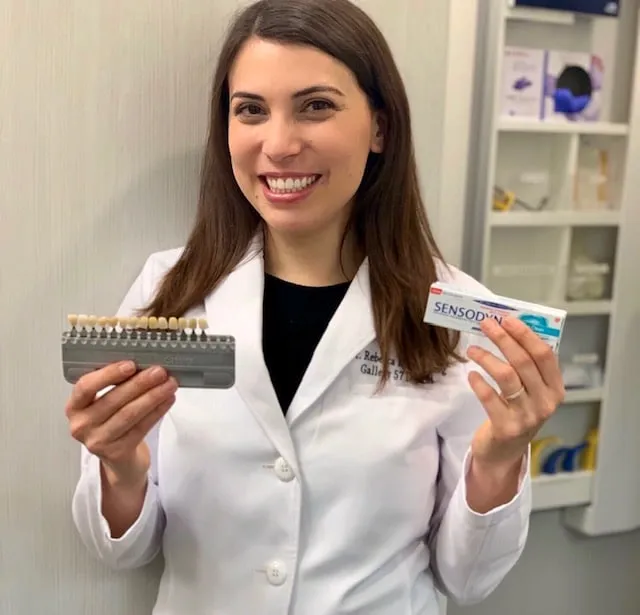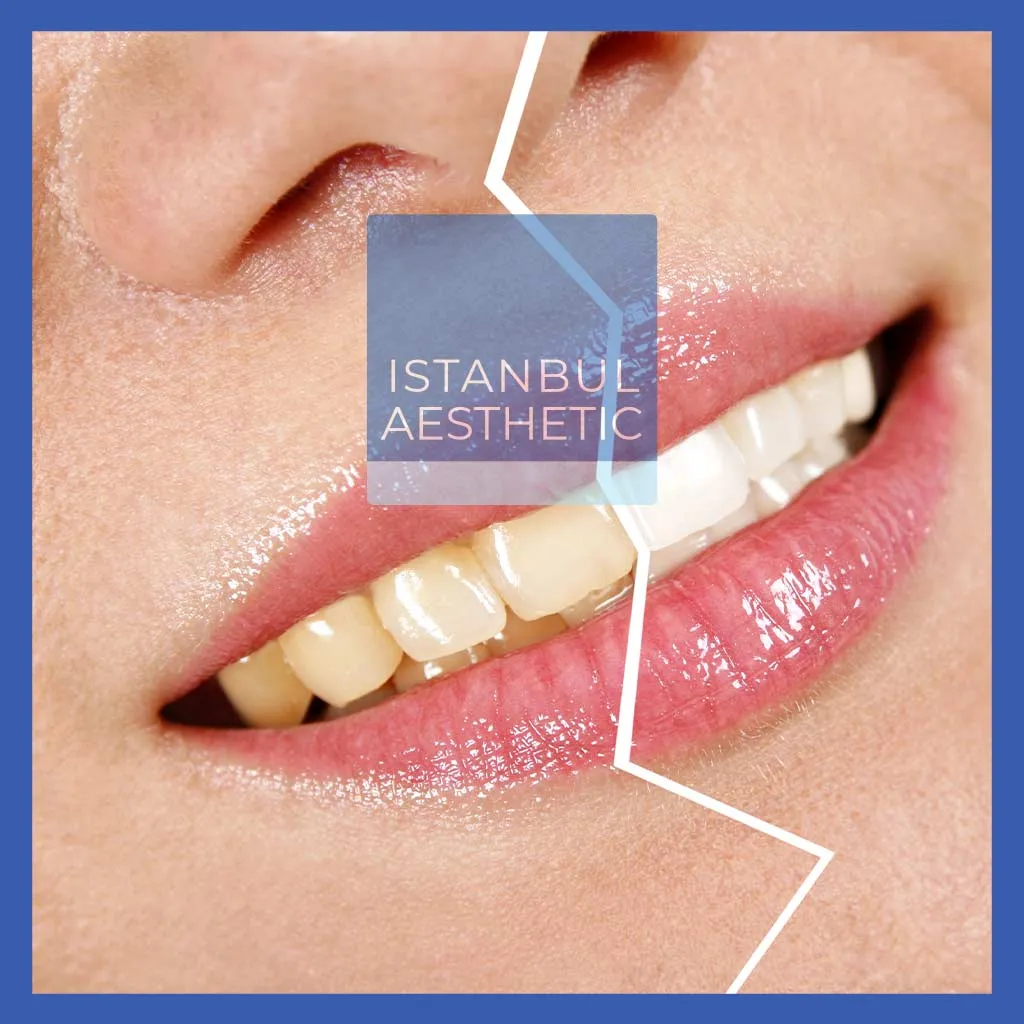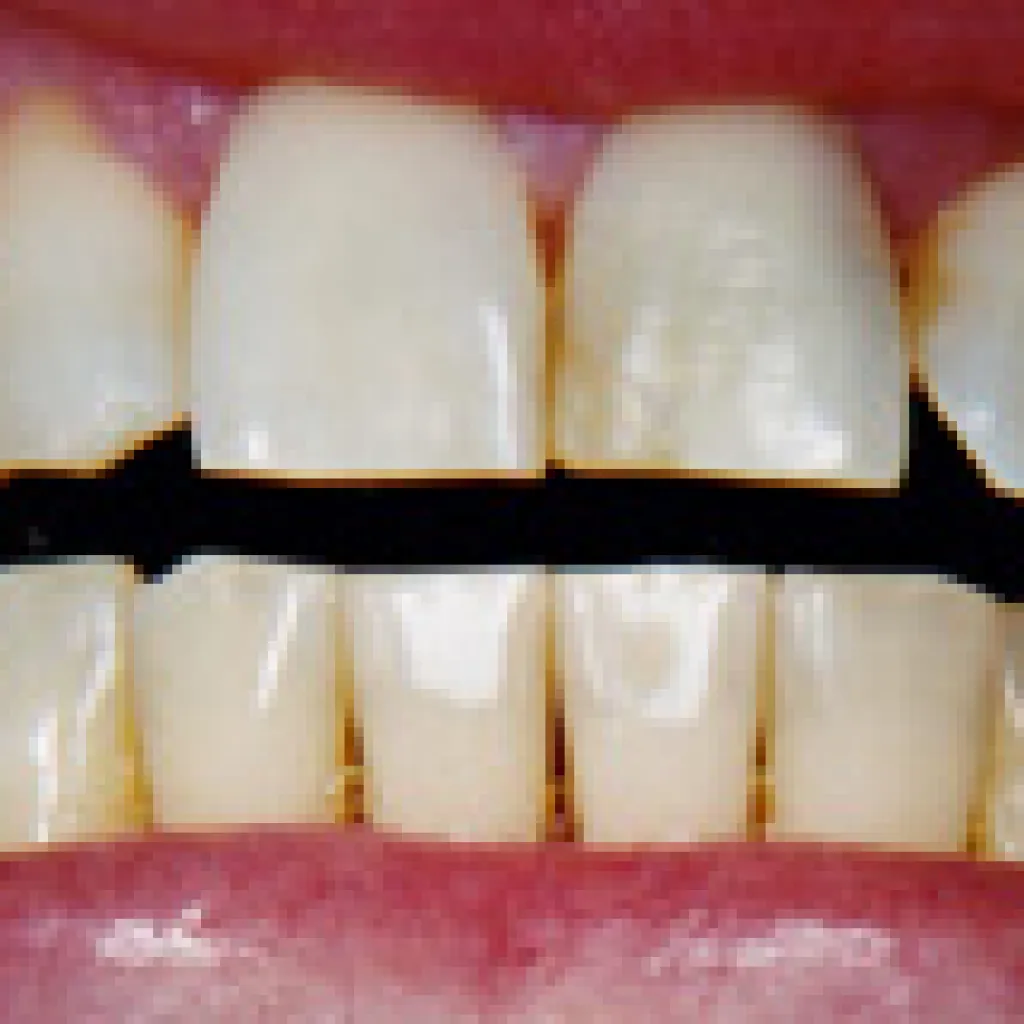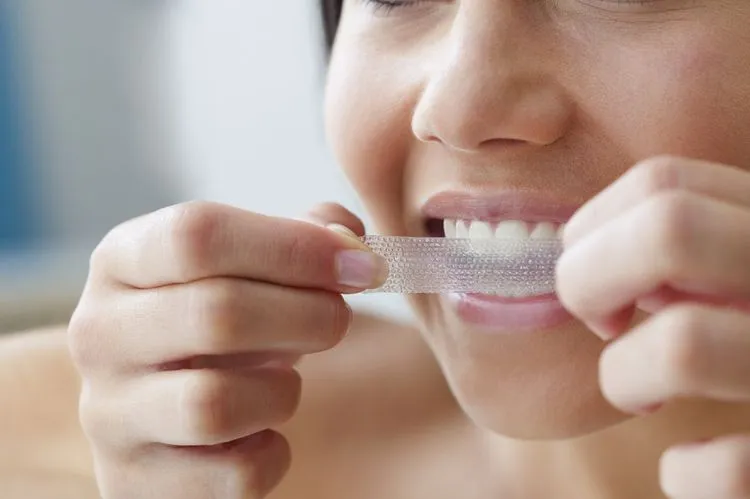Teeth whitening is a popular cosmetic procedure that can significantly enhance your smile. However, it can sometimes lead to a common side effect tooth pain or sensitivity. This article will help you understand why tooth pain occurs after whitening and what you can do to alleviate the discomfort. We’ll delve into the causes, explore practical tips for managing sensitivity, and provide home remedies to soothe your teeth. Whether you’re considering teeth whitening or have already undergone the procedure, this guide offers valuable insights to ensure a comfortable and satisfying experience.
What Causes Tooth Pain After Whitening?
Understanding the root causes of tooth pain after whitening is the first step toward finding relief. Several factors can contribute to this sensitivity, ranging from the products used to your existing dental health. Identifying the underlying issues can help you take the right steps to manage and prevent future discomfort. The most common causes are the chemicals in whitening products, existing dental issues and improper whitening techniques, let’s take a closer look at each of these to understand why tooth pain happens.
Sensitivity to Whitening Products
The active ingredients in teeth whitening products, such as hydrogen peroxide or carbamide peroxide, can penetrate the enamel and reach the dentin layer of your teeth. This can irritate the nerves and cause sensitivity. The higher the concentration of the whitening agent, the more likely you are to experience pain. This is why professional treatments at a dentist’s office, which often use higher concentrations, can lead to more intense but usually temporary sensitivity. Home whitening kits also contain these ingredients, though usually at lower concentrations.
Teeth Whitening Chemicals

Hydrogen peroxide and carbamide peroxide are the main culprits behind tooth sensitivity. These chemicals work by breaking down stains and discolouration on the teeth. However, they can also dehydrate the teeth and irritate the soft tissues inside, leading to pain. As these chemicals interact with the tooth’s structure, they create microscopic pores, increasing sensitivity to temperature and pressure. The degree of sensitivity varies from person to person, depending on factors such as the thickness of the enamel and the overall health of the teeth.
Existing Dental Issues
If you have pre-existing dental issues, such as cavities, cracks, or receding gums, you are more likely to experience pain during and after teeth whitening. These issues expose the dentin, which contains nerve endings, making your teeth more sensitive. Additionally, any inflammation or infection in the gums or teeth can be exacerbated by the whitening process. It’s crucial to address these problems before starting any whitening treatment. A dentist can identify and treat these underlying conditions to minimize discomfort and ensure the best outcome.
Improper Whitening Techniques
Using teeth whitening products incorrectly can also lead to increased sensitivity. For example, leaving whitening strips on for longer than recommended or using excessive amounts of gel in custom trays can expose your teeth to the chemicals for too long. Furthermore, using products that are not properly fitted to your teeth can cause the whitening agent to leak onto your gums, leading to irritation and sensitivity. Always follow the manufacturer’s instructions carefully and consult your dentist if you’re unsure about the proper usage of the product.
Tips to Reduce Tooth Sensitivity

Dealing with tooth sensitivity after whitening can be managed by making some changes. These steps can help minimize your discomfort and make the whitening process more bearable. From simple adjustments to your routine to choosing different products, there are several strategies you can employ. These strategies can significantly reduce sensitivity and make it easier to enjoy the benefits of a brighter smile.
Use Sensitivity Toothpaste
Sensitivity toothpaste contains ingredients like potassium nitrate or stannous fluoride, which help block the tubules in your teeth and reduce nerve sensitivity. Start using sensitivity toothpaste a couple of weeks before you start whitening and continue to use it throughout the whitening process. Apply a small amount of the toothpaste directly to the sensitive areas, and let it sit for a few minutes before brushing. This allows the active ingredients to penetrate the enamel and provide relief.
Apply Fluoride Treatments
Fluoride strengthens the enamel and can reduce sensitivity. You can get professional fluoride treatments from your dentist, which are more concentrated than over-the-counter options. Alternatively, you can use a fluoride rinse or toothpaste at home. Fluoride helps remineralize the enamel, making your teeth more resistant to the effects of the whitening agents and reducing sensitivity. Consult your dentist about the best fluoride treatment for your needs.
Adjust Whitening Frequency

If you’re experiencing tooth pain, consider reducing the frequency of your whitening treatments. Instead of whitening every day, try every other day or a few times a week. This allows your teeth to recover and reduces the chance of overexposure to the whitening agents. If you are using whitening strips, you might reduce the amount of time you keep them in your mouth. By spacing out your treatments, you can still achieve the desired results without as much discomfort.
Choose a Lower Concentration Product
If you are using home whitening kits, consider switching to a product with a lower concentration of hydrogen peroxide or carbamide peroxide. These products are less likely to cause sensitivity. While they may take longer to produce results, they are gentler on your teeth. Your dentist can also advise you on the best products for your sensitivity level and whitening goals.
Consult Your Dentist
Before starting any teeth whitening treatment, it’s essential to consult your dentist. They can assess your oral health, identify any underlying issues, and recommend the best whitening options for your specific needs. They can also provide professional treatments and offer advice on managing sensitivity. If you experience significant pain, your dentist can help determine the cause and suggest appropriate solutions, such as desensitizing agents or alternative treatments. Your dentist is your best ally in achieving a beautiful, healthy smile.
Home Remedies for Whitening Pain Relief

In addition to professional treatments and product adjustments, you can use home remedies to soothe your teeth and reduce sensitivity. These remedies are easy to incorporate into your daily routine and can provide significant relief from pain. While these options may not eliminate the cause of sensitivity, they can help manage the symptoms, making the whitening process more comfortable.
Cold Compresses
Applying a cold compress to your cheek can help numb the area and reduce inflammation. This can provide immediate relief from tooth pain. Wrap an ice pack or a bag of frozen vegetables in a soft cloth and apply it to your cheek for about 15–20 minutes at a time. This can be especially helpful after whitening treatments or if you experience a sudden onset of pain.
Over-the-Counter Pain Relievers
Over-the-counter pain relievers, such as ibuprofen or acetaminophen, can help manage pain and reduce inflammation. Follow the dosage instructions on the packaging and avoid exceeding the recommended dose. These medications can provide temporary relief, allowing you to go about your day more comfortably. However, if your pain is severe or persistent, it’s essential to consult with your dentist to address the underlying cause.
Salt Water Rinse

Rinsing your mouth with warm salt water can help reduce inflammation and promote healing. Mix a teaspoon of salt in a glass of warm water and rinse your mouth gently for about 30 seconds. This can help soothe irritated tissues and alleviate some of the discomfort caused by teeth whitening. Do this several times a day, especially after brushing your teeth.
Foods and Drinks to Avoid
Certain foods and drinks can exacerbate tooth sensitivity. Avoiding these items can help minimize discomfort and promote healing. Pay attention to your diet during and after whitening to help your teeth recover and maintain their health. Being mindful of what you consume can make a significant difference in your overall experience.
Acidic Foods and Drinks
Acidic foods and drinks can erode the enamel, making your teeth more sensitive. Avoid citrus fruits, juices, carbonated beverages, and anything high in acidity. These items can increase sensitivity and make any existing pain worse. Opt for neutral or alkaline foods and drinks to minimize the impact on your teeth.
Extremely Hot or Cold Items
Extremely hot or cold foods and drinks can trigger sensitivity. Avoid very hot coffee, tea, and soups, as well as ice cream, iced drinks, and popsicles. These extreme temperatures can stimulate the nerves in your teeth, leading to pain. Choose items at room temperature or lukewarm to prevent discomfort.
When to See a Dentist
While some tooth pain after whitening is normal, certain situations warrant a visit to the dentist. It is essential to know when your pain requires professional attention. Timely intervention can prevent further complications and protect your oral health. Knowing the signs that require a dental visit will help ensure you receive the care you need.
Severe or Persistent Pain
If you experience severe pain that doesn’t subside after a few days or worsens over time, you should see your dentist. Persistent pain could indicate a more serious underlying issue. Your dentist can assess the cause of the pain and recommend the appropriate treatment. Don’t ignore intense or prolonged pain; prompt action can prevent potential complications.
Signs of Dental Problems
If you notice any signs of dental problems, such as bleeding gums, swelling, or changes in your bite, consult your dentist immediately. These symptoms could indicate an infection or other issues that need to be addressed. Additionally, if you experience any new symptoms or have concerns about your oral health, it is essential to seek professional advice. Your dentist can provide a thorough examination and offer appropriate care to protect your dental health.
In conclusion, while tooth pain after whitening is a common experience, there are numerous ways to manage and alleviate the discomfort. By understanding the causes, using preventative measures, and following the tips outlined in this guide, you can ensure a more comfortable whitening experience. Remember to consult your dentist for personalized advice and professional care to keep your smile healthy and bright.
